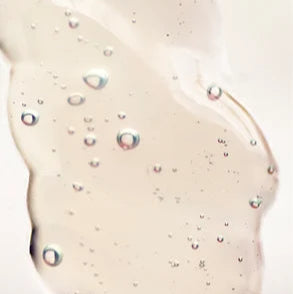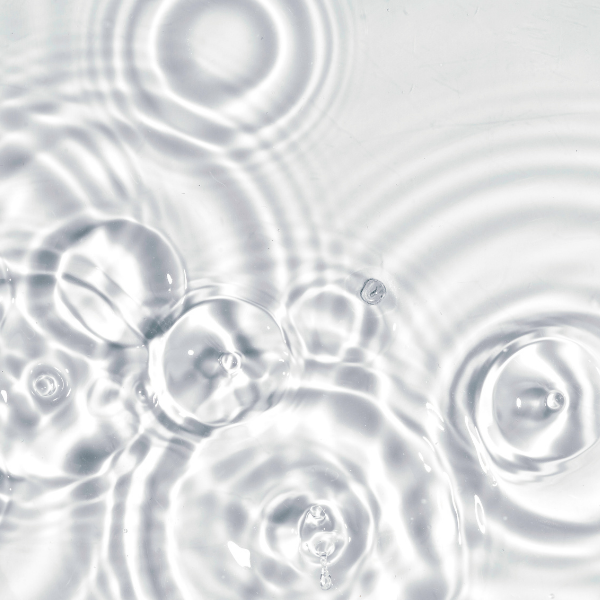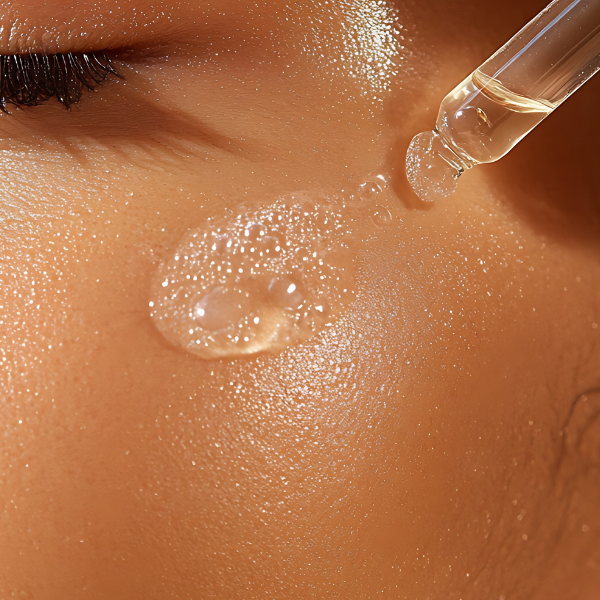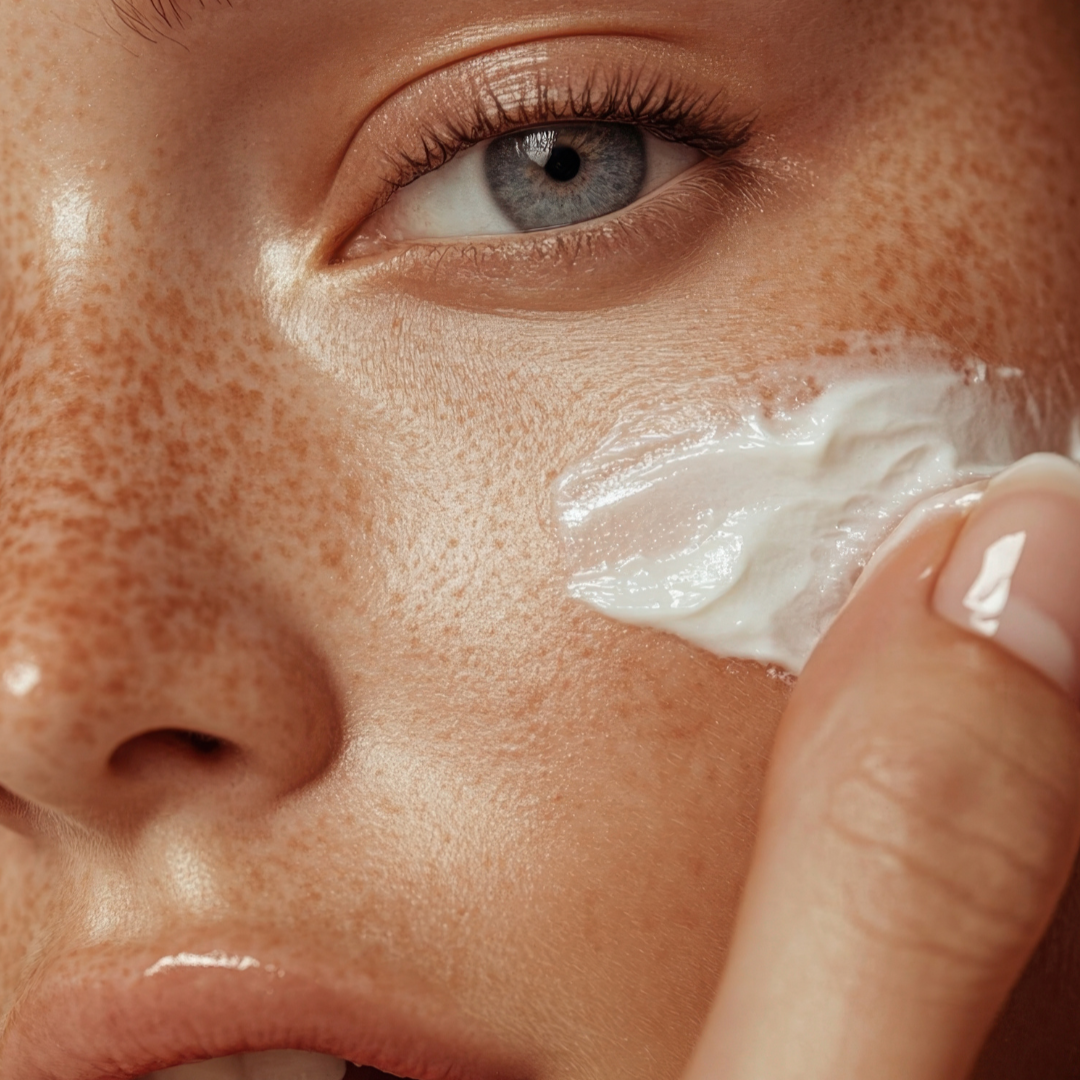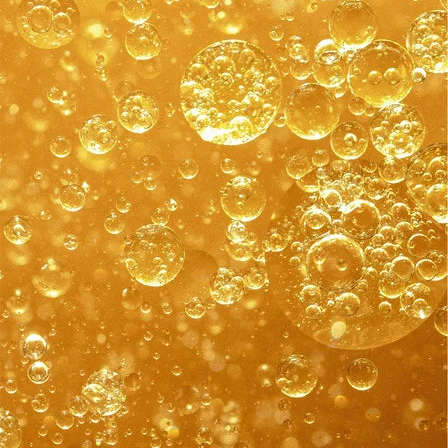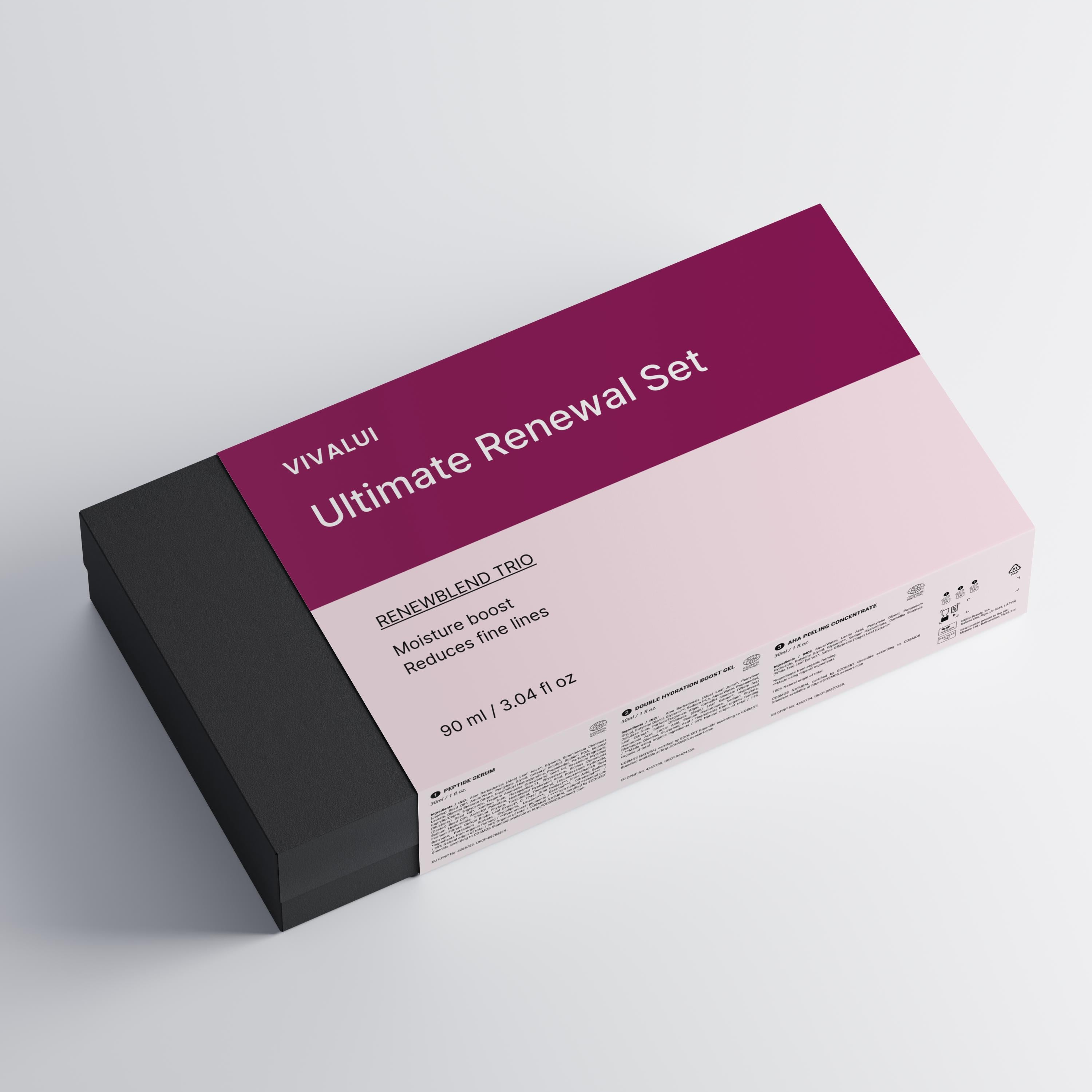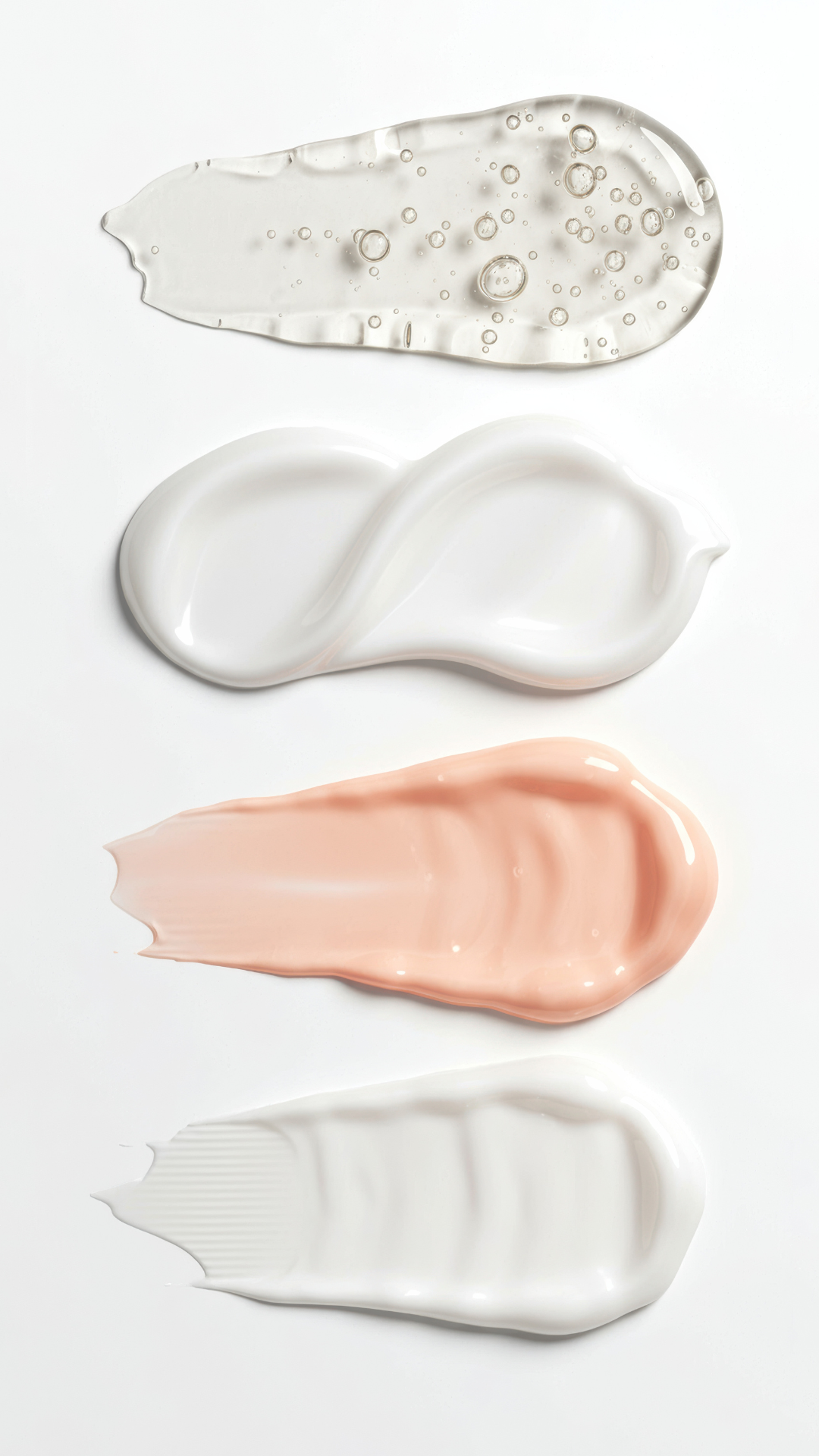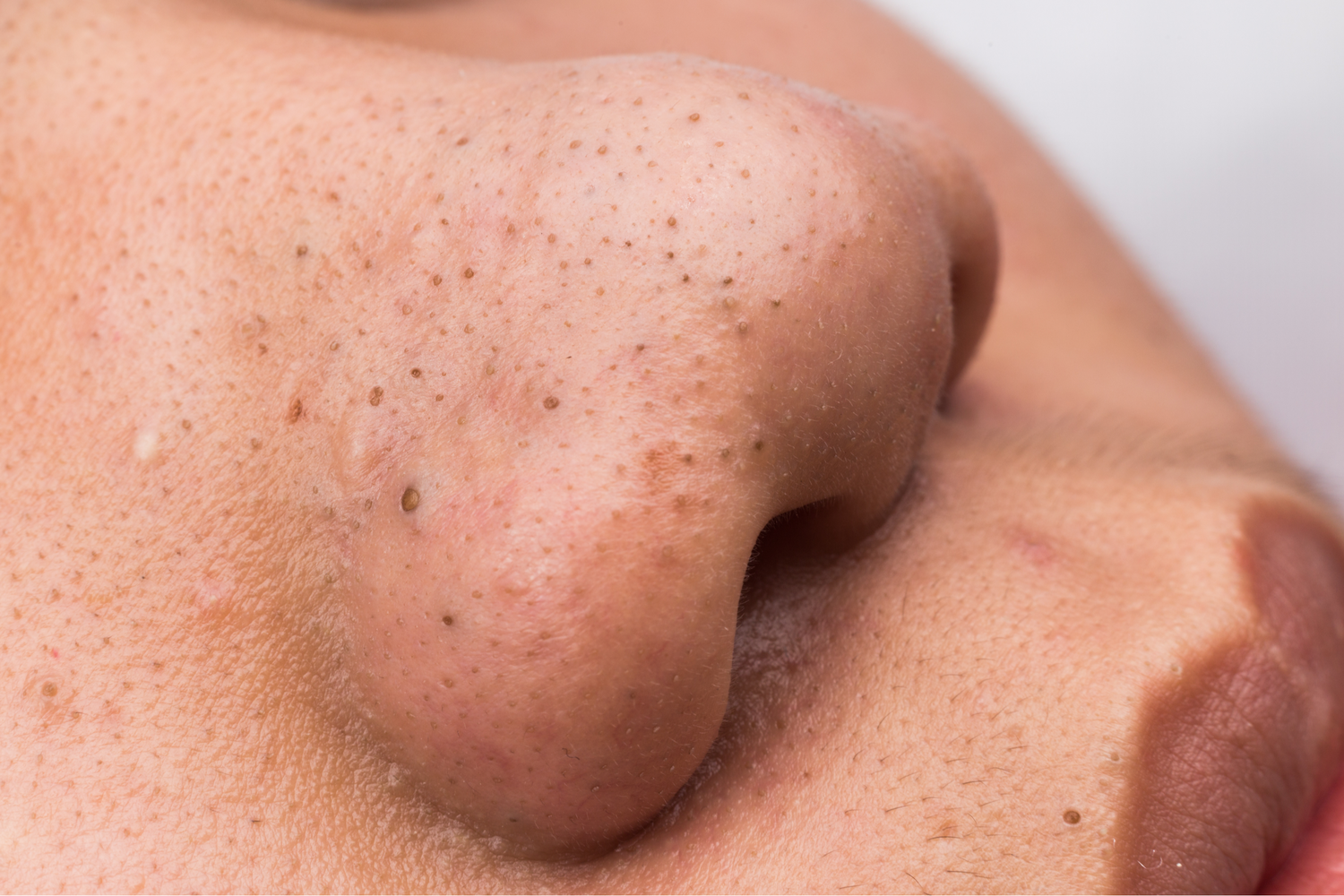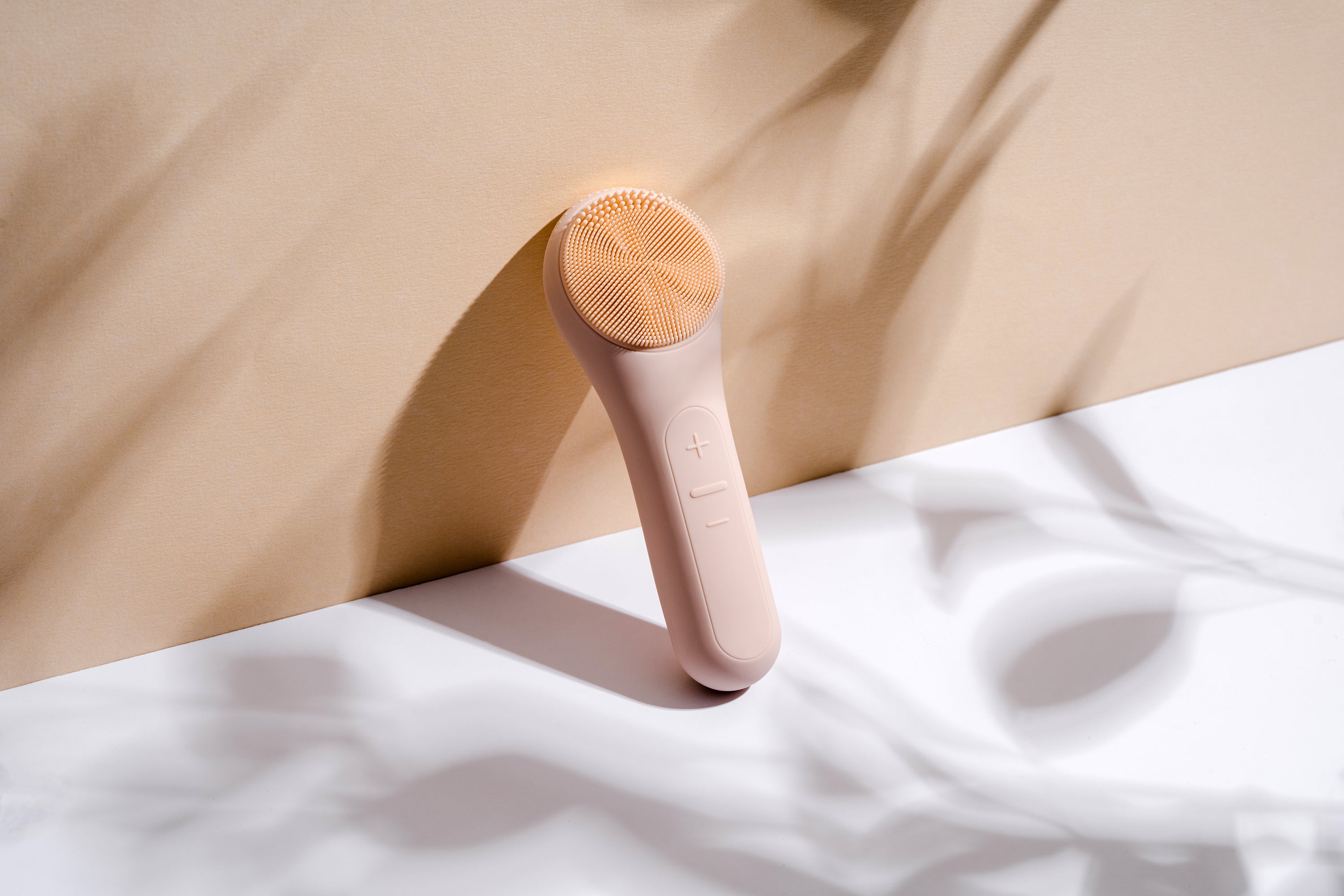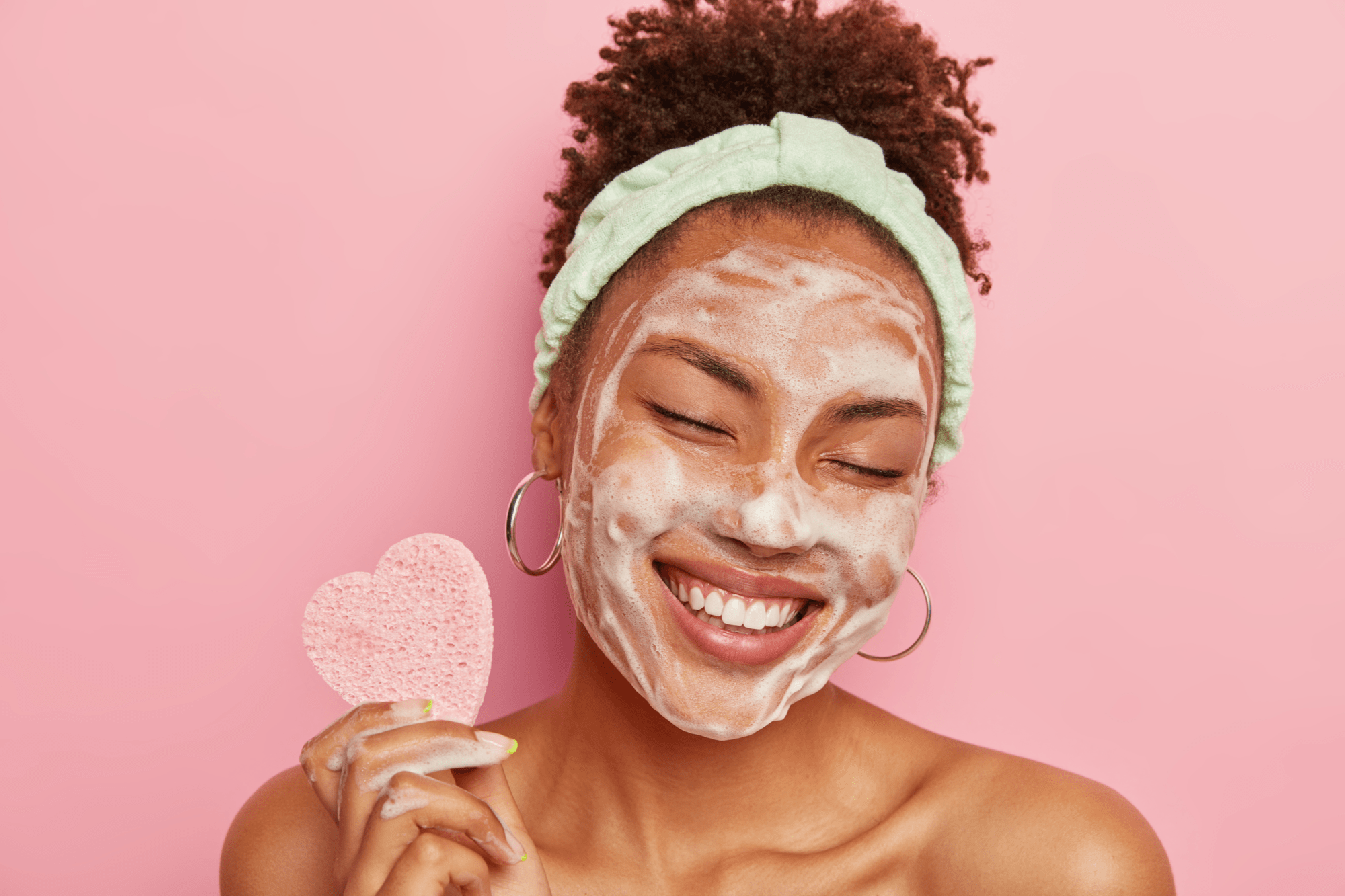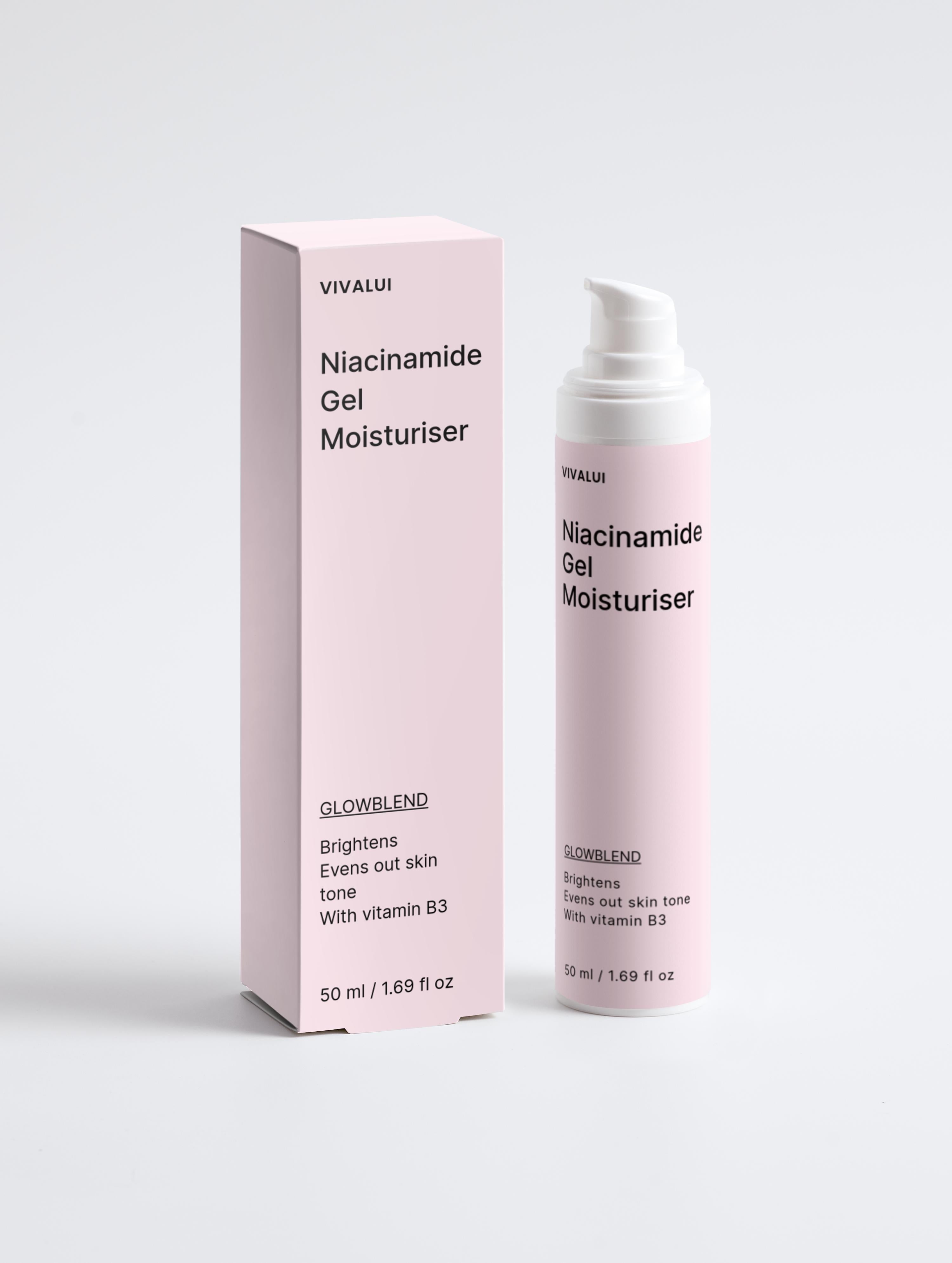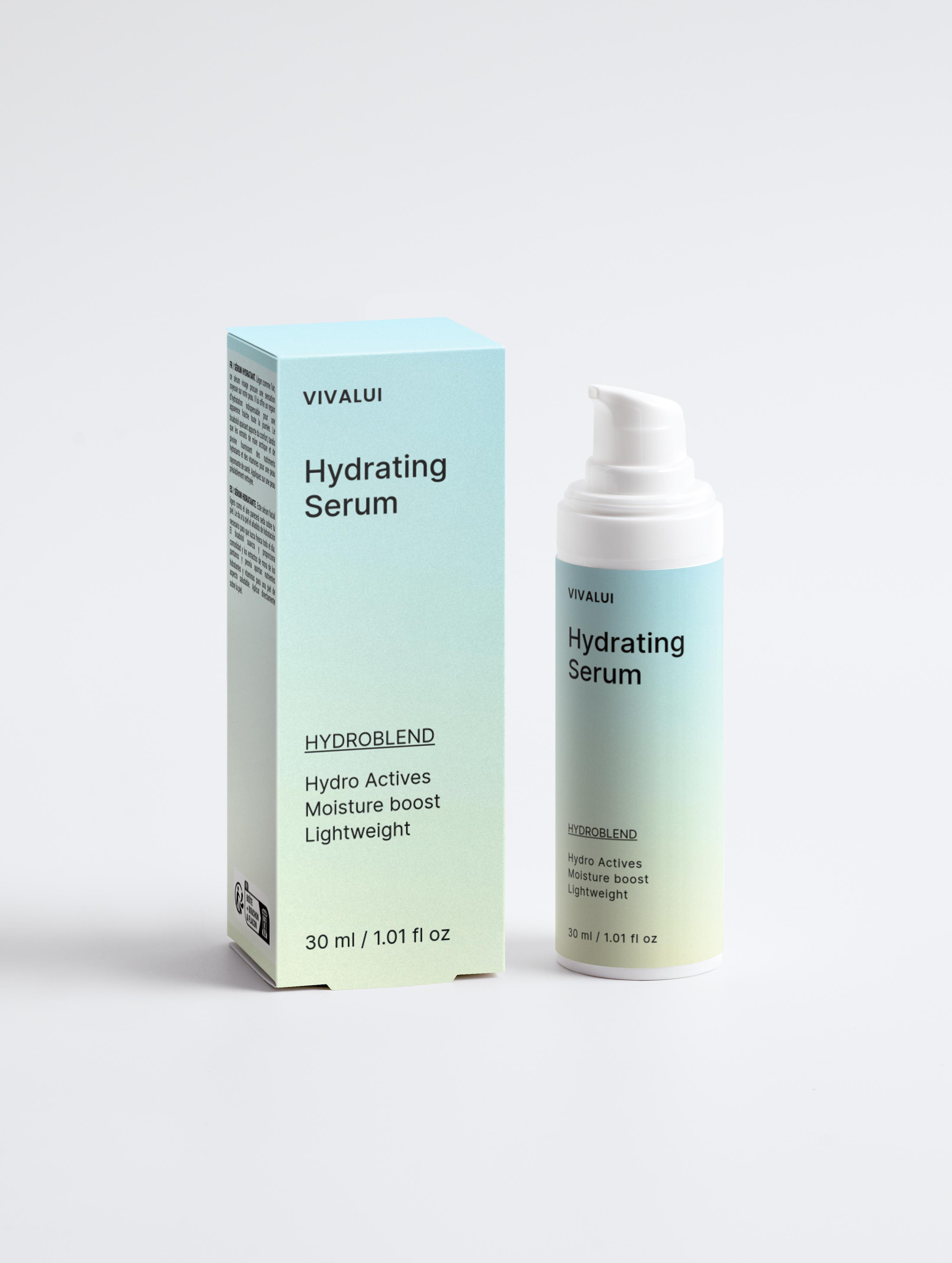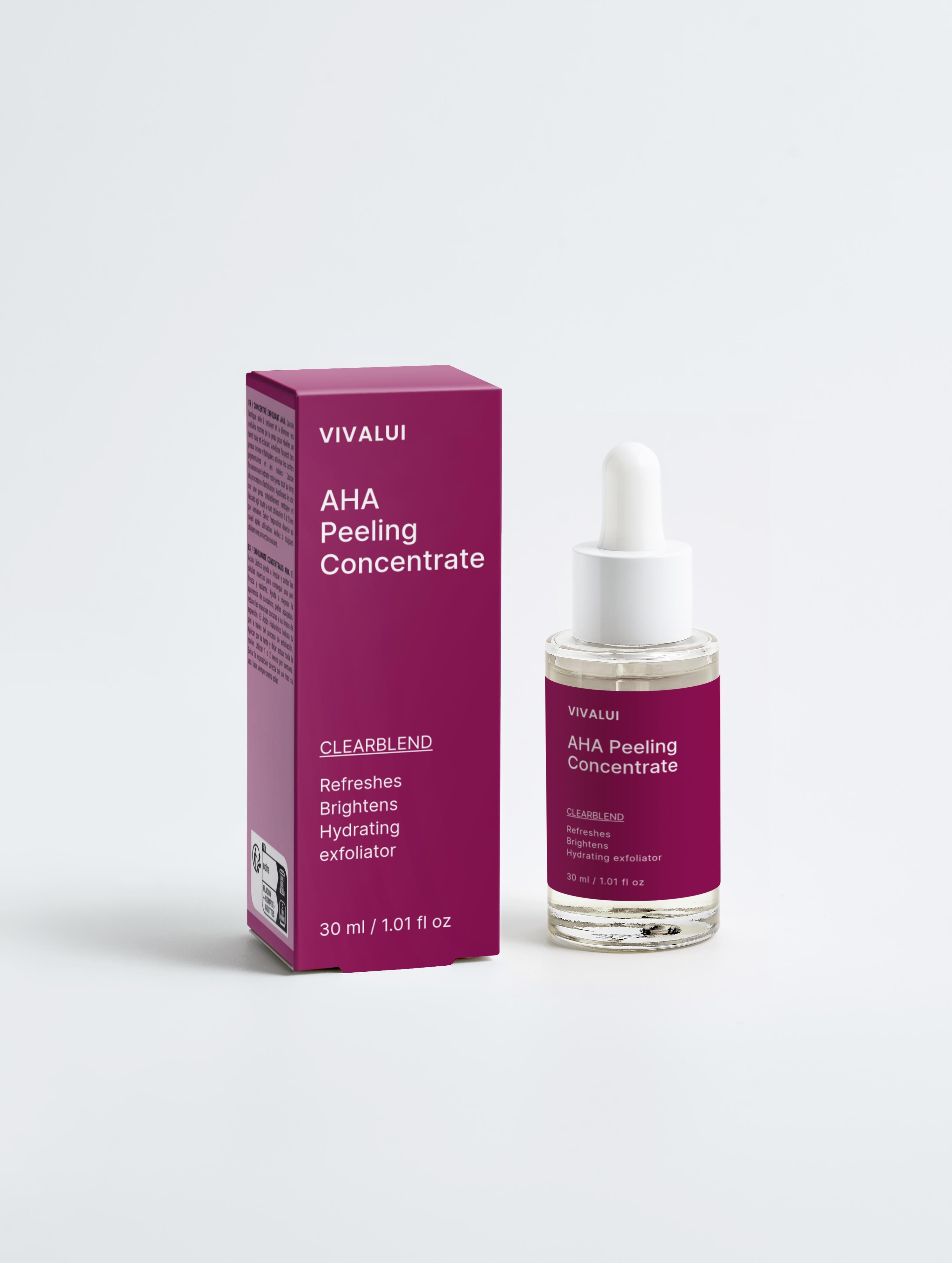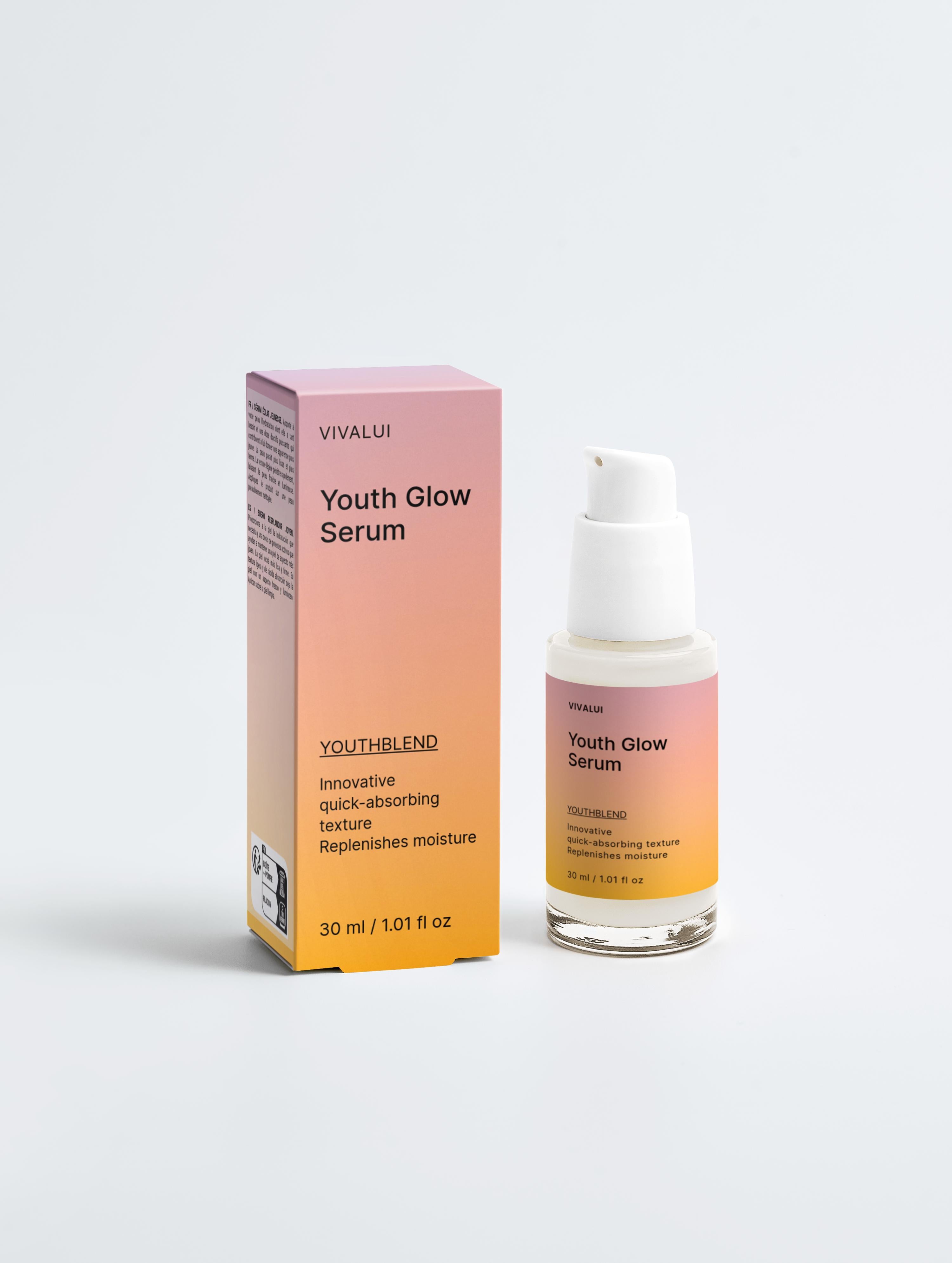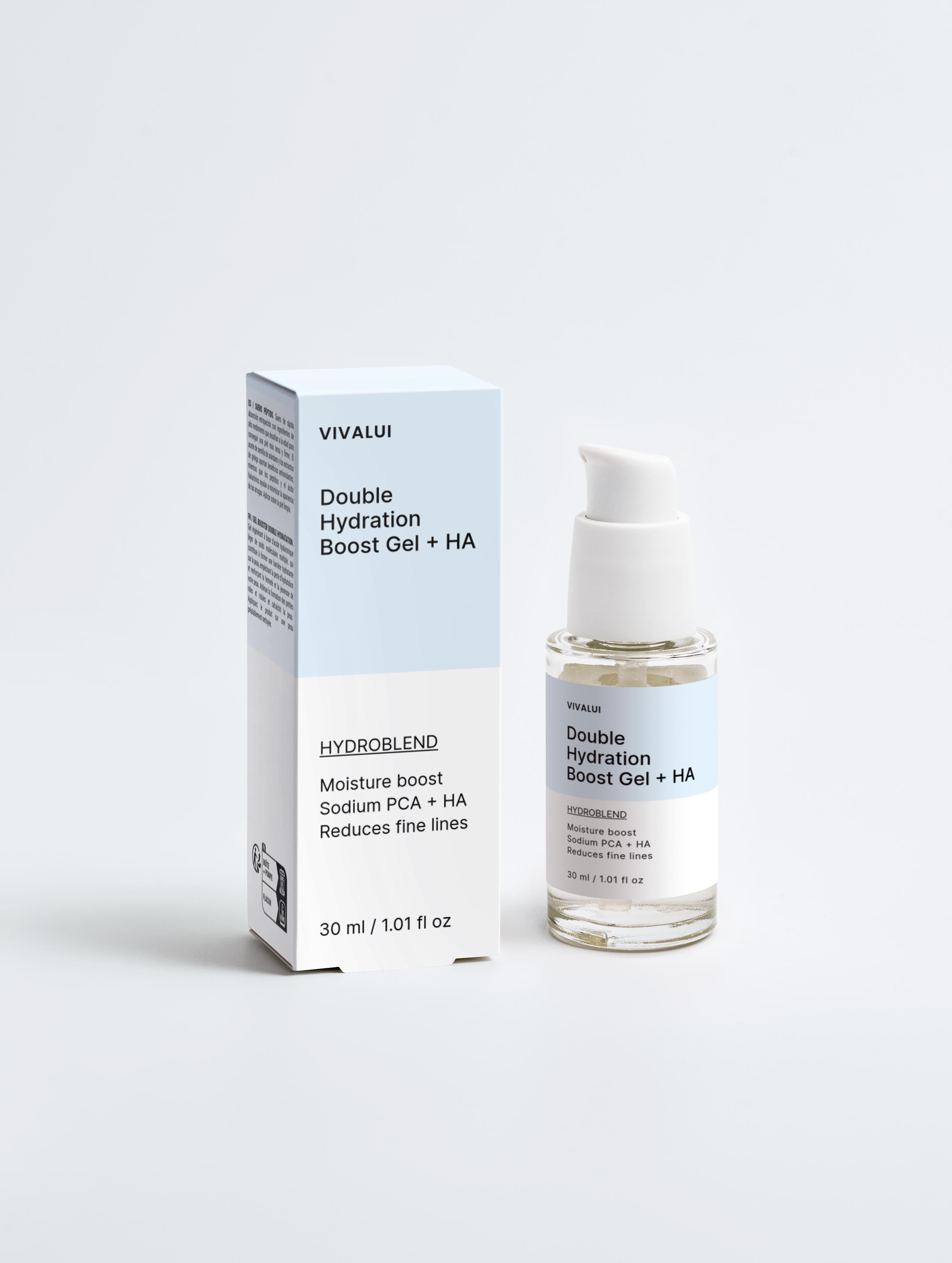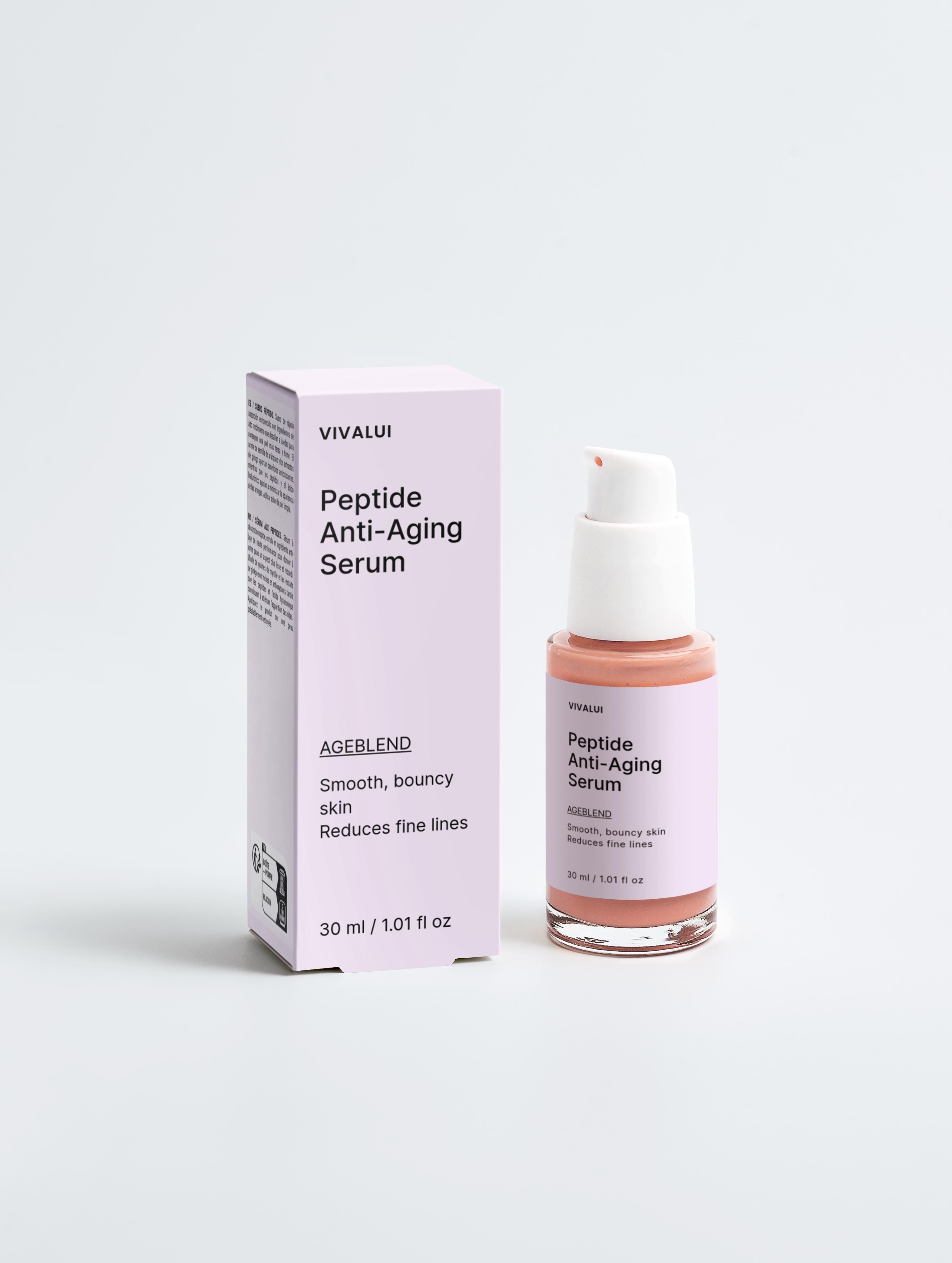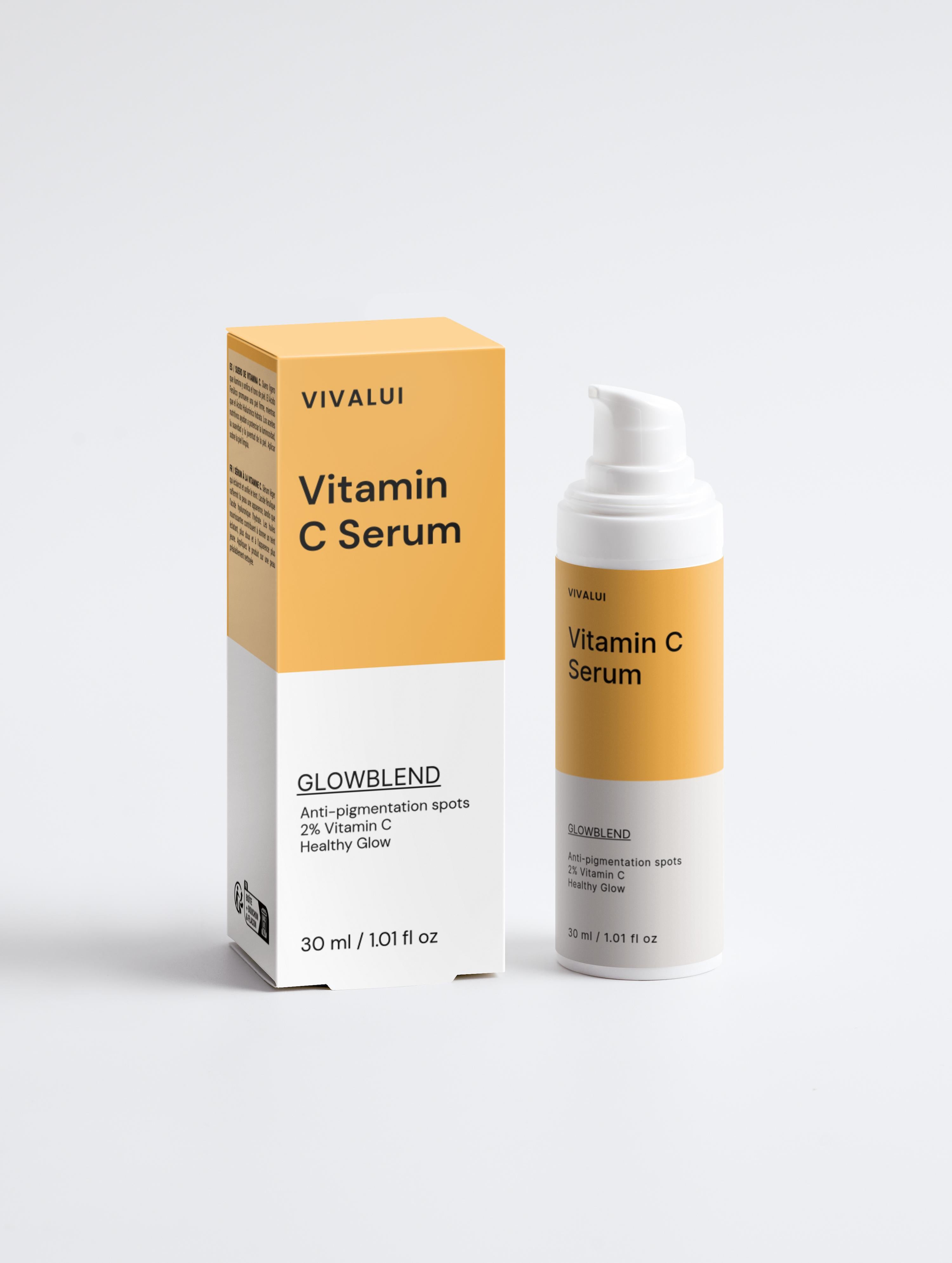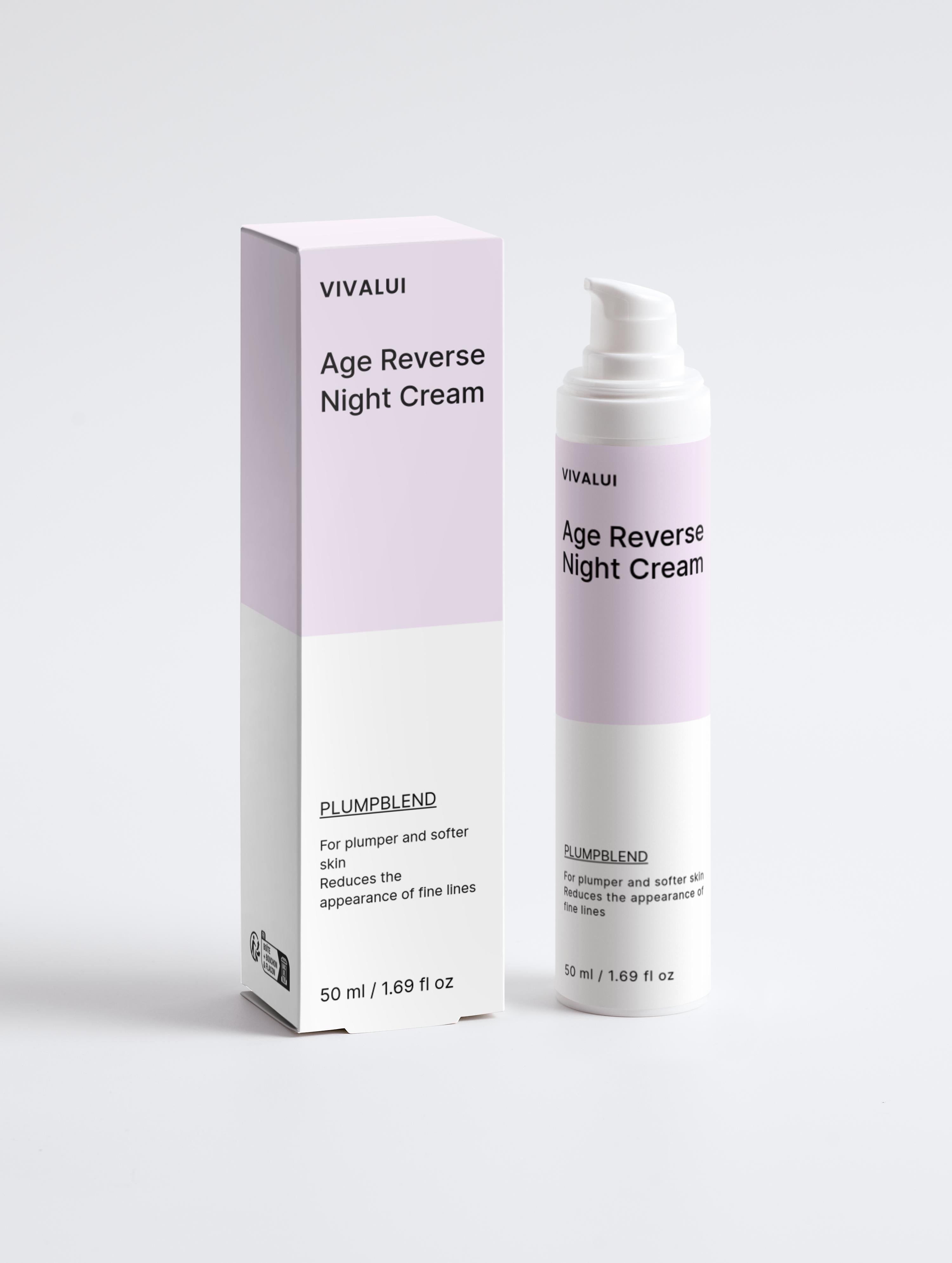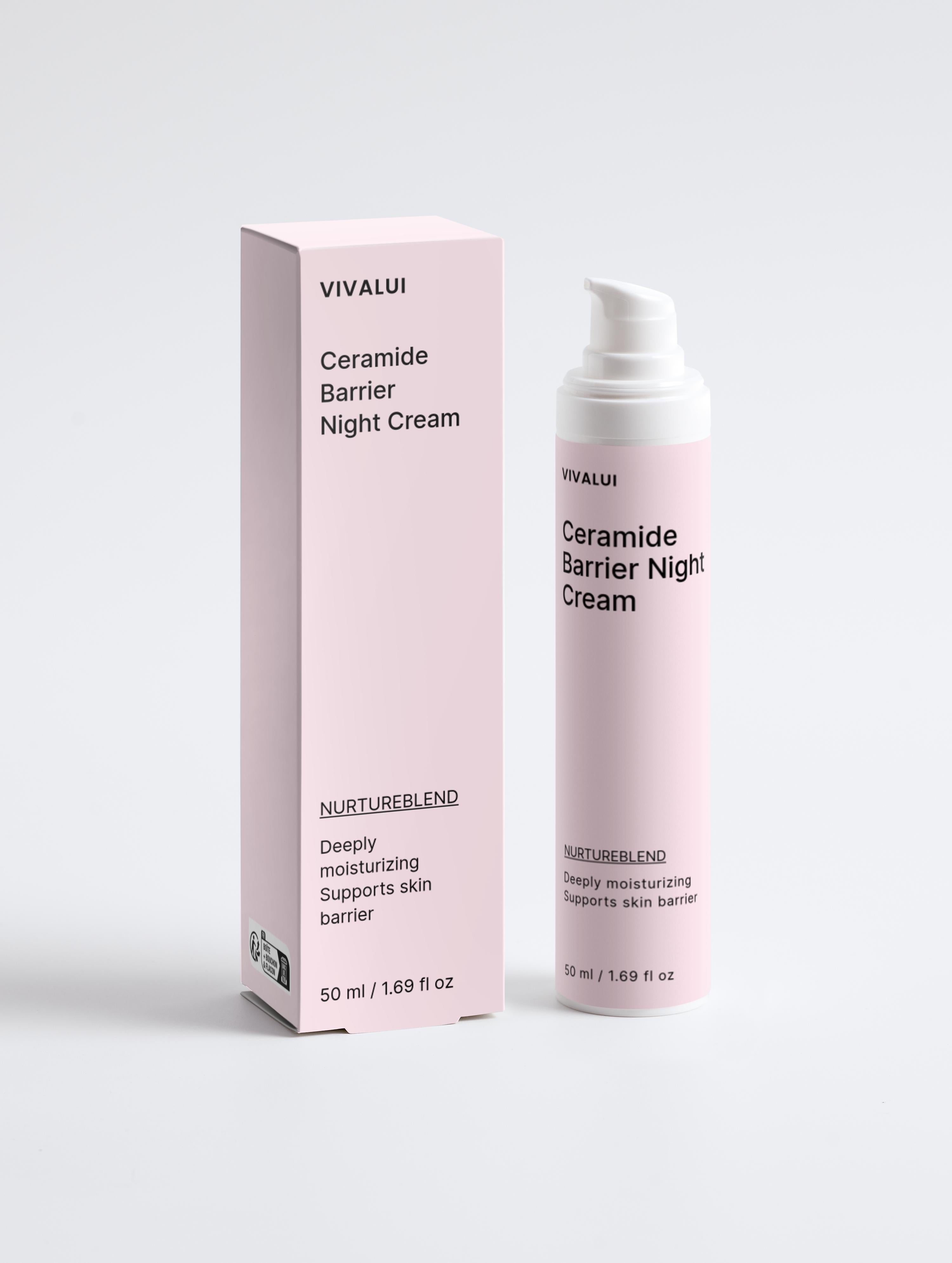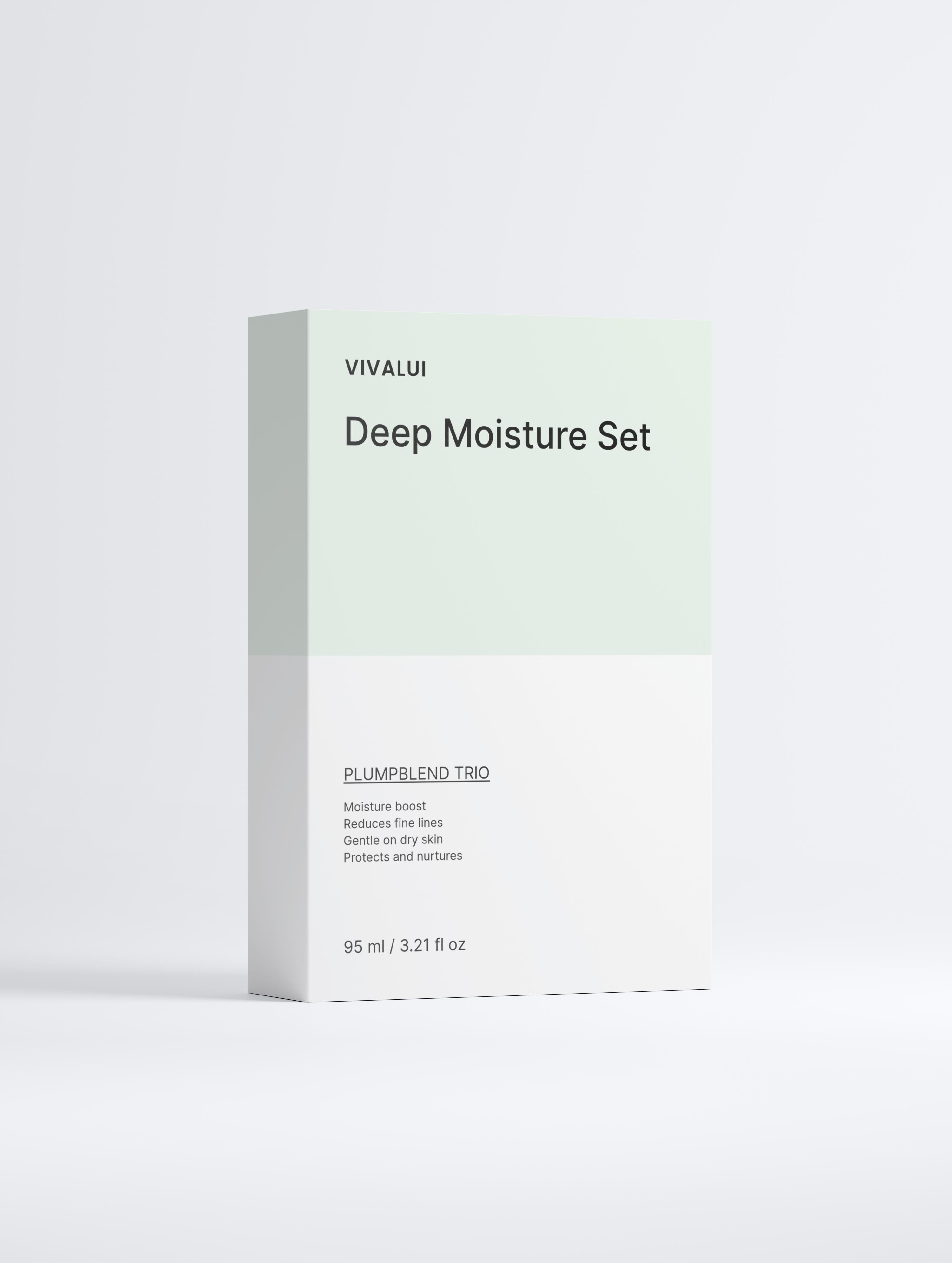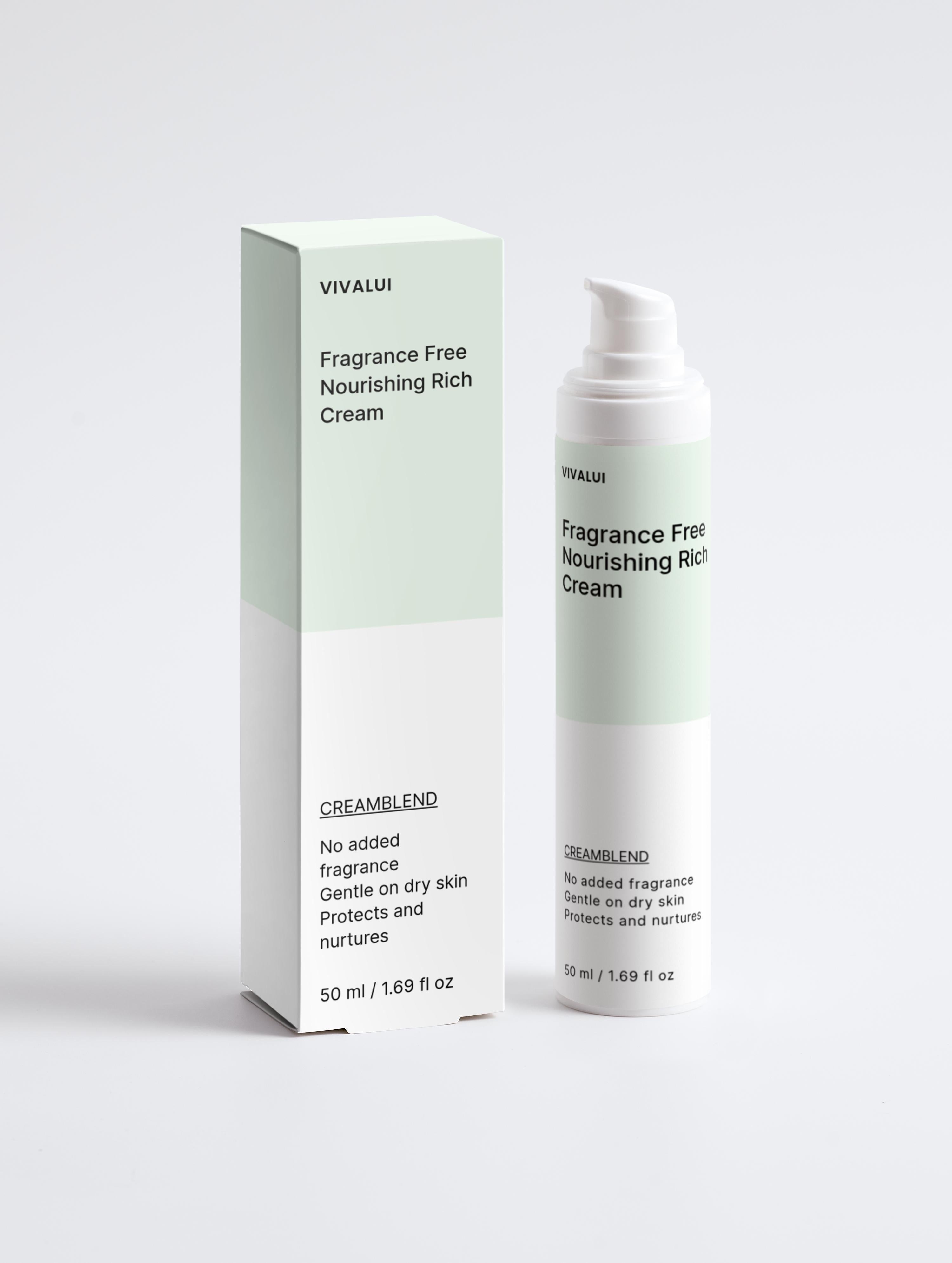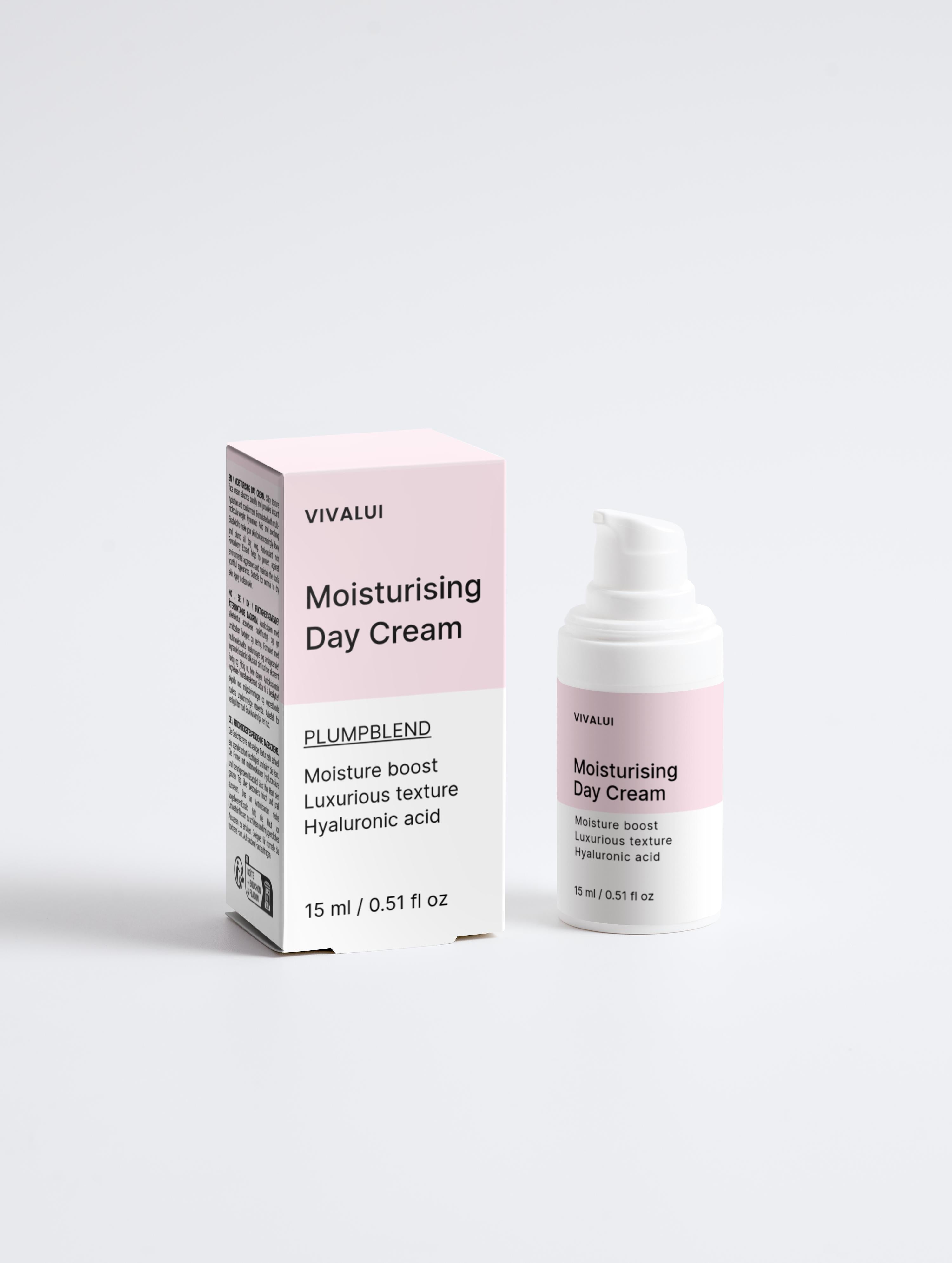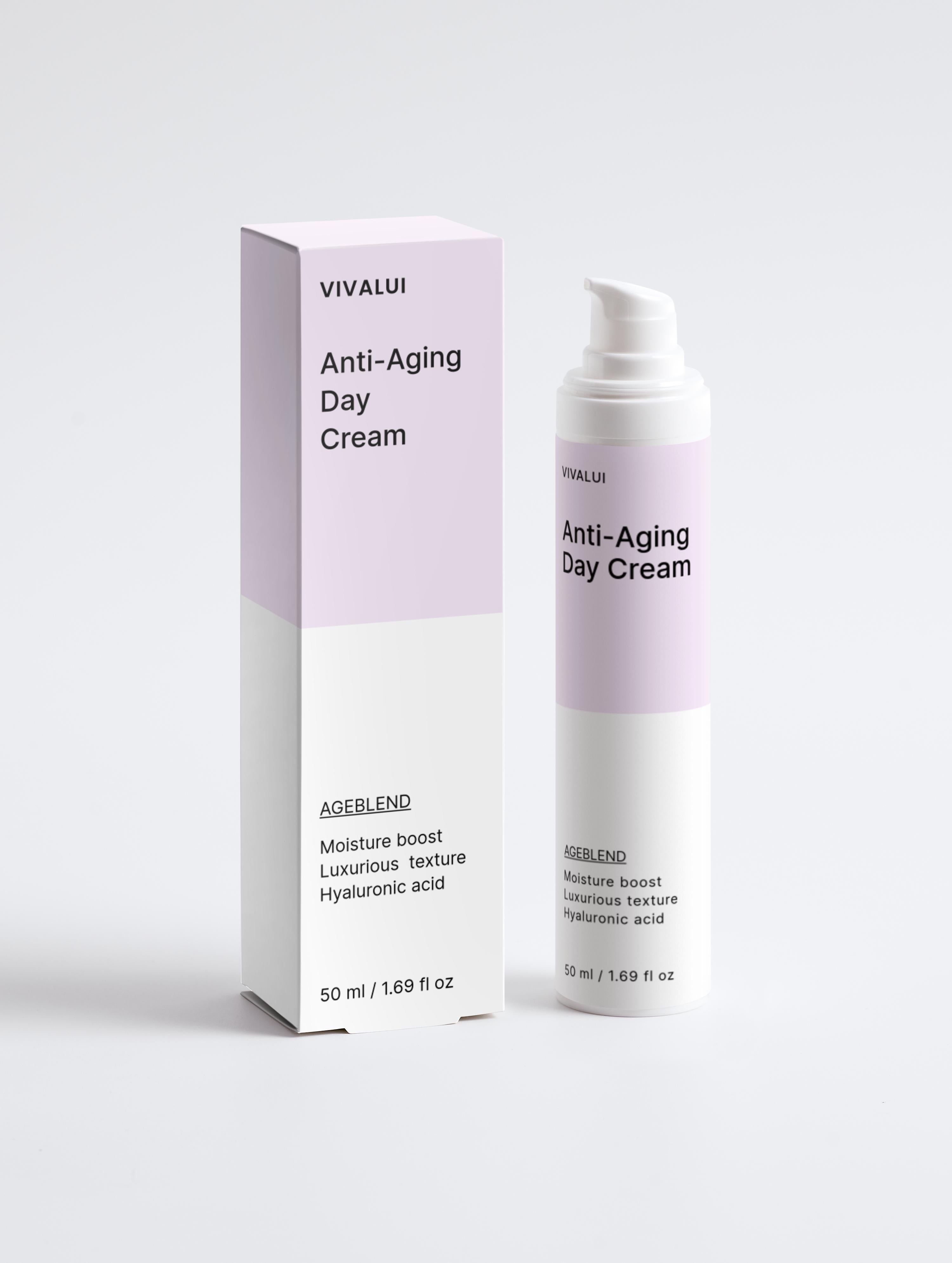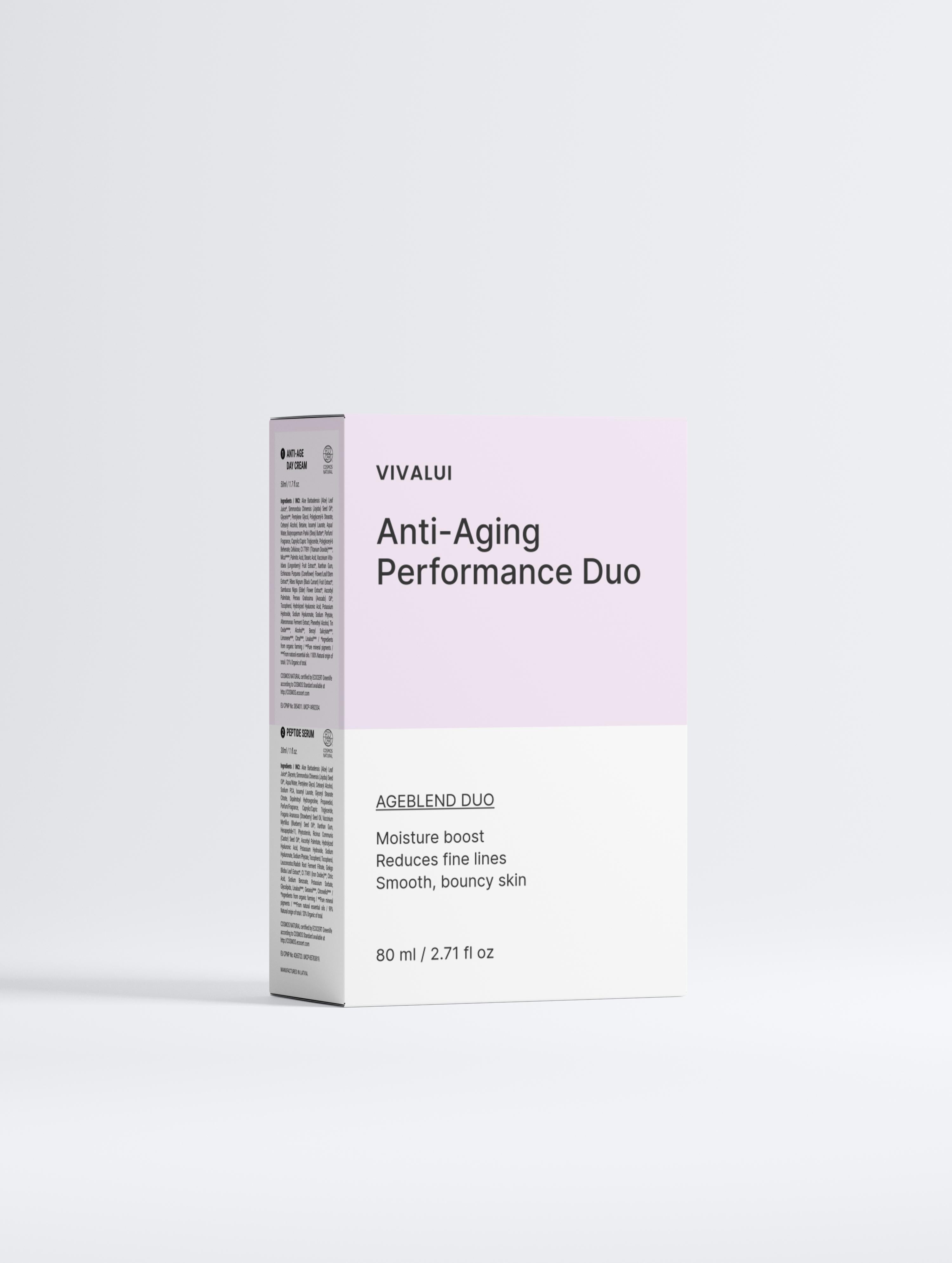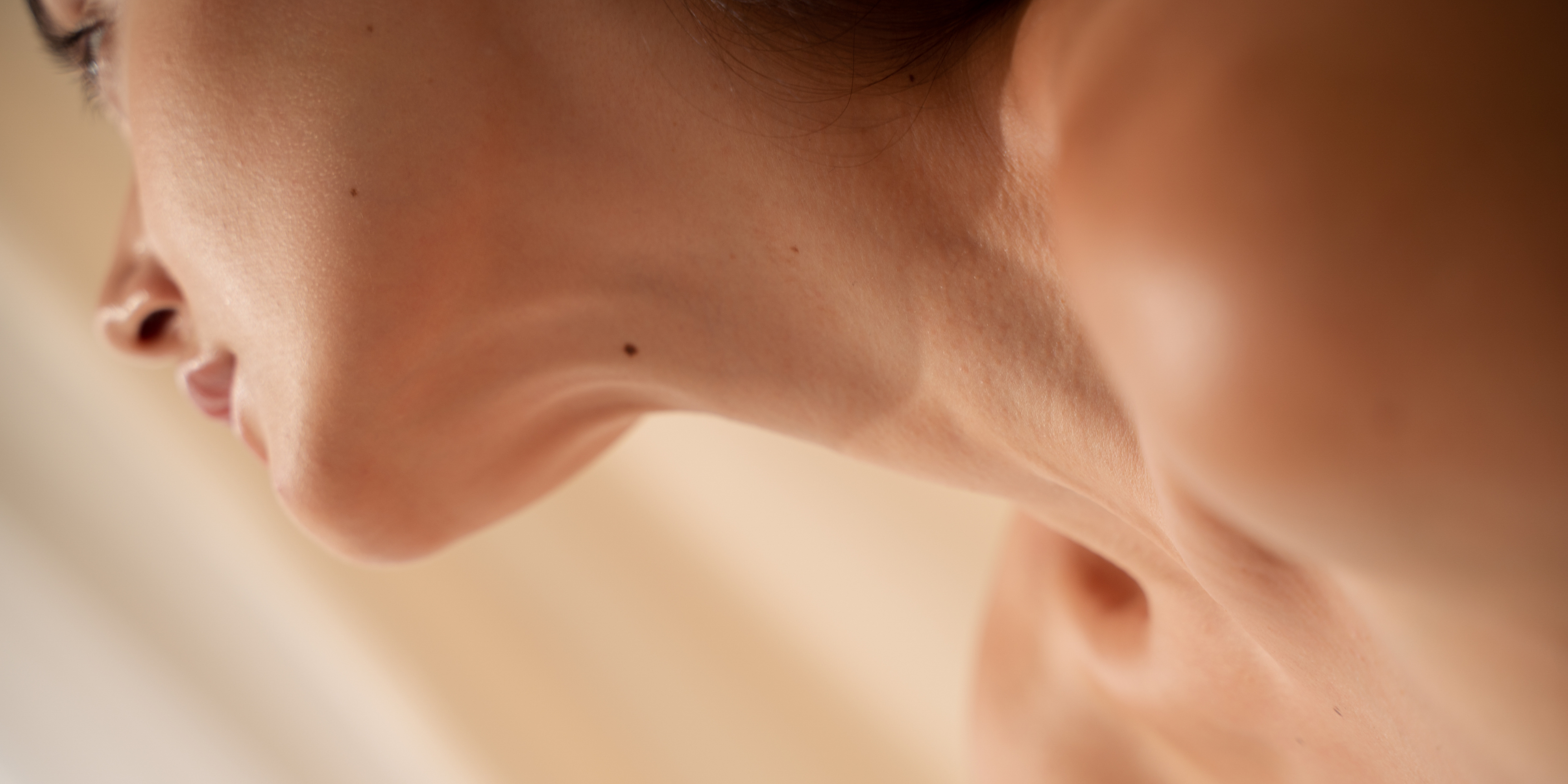Every makeup artist's worst nightmare is working on a face that is dehydrated, acne-prone, and uneven. As they say, there are some things even makeup can't hide. For years, influencers and marketing agencies have sold us the idea of a perfect face with makeup, but the truth is, it's all about skincare. The more attention you pay to your skin, the better the makeup will look. The more water you drink, the more you hydrate your skin with moisturizer; the more you will glow! So essentially, it's time for the billion-dollar beauty industry to move over and make space for the skincare industry to glow – quite literally.
Understanding your skin and gaining more knowledge about how the various elements of your skin work are the first steps to looking fantastic. Today we will talk about blackheads and sebaceous filaments. So, let's quickly jump into it!

What Are Blackheads?
Those tiny black spots, those bumpy, extremely tiny hair-like structures? Yes, those are blackheads. And they definitely annoy the living daylights out of us. Here's the science behind them – simplified. Blackheads are a form of acne that appear on our face, arms, shoulders, neck, back, and chest areas. They are called blackheads because of their color and they affect a large volume of the population.
What Causes Blackheads?
Blackheads develop due to excessive clogging or plugging of the upper layer of the skin. The topmost layer of the skin has follicles that contain hair and sebaceous gland, which primarily produce oil (called sebum) to help keep our skin soft, nourished, and glowing. However, when dust particles, dirt, or grime start accumulating on these hair follicles, small bumps called comedo are produced. If the skin over the comedo (which is the tiny bumps) stays closed, another bump is formed – which is the whitehead! However, if the skin opens up and the bump gets darker in color, it's called a blackhead.
Why Do Blackheads Appear?
Here are five things to keep in mind while creating a skincare routine to minimize blackheads.
- Too many oils in your routine may make your skin oily and susceptible to blackheads.
- A build-up of a particular kind of bacteria (propionibacterium acne) leads to blackheads.
- Hormonal changes during menstruation, birth control pills, or even during the early teen years can cause an increase in oil production that leads to an increase in blackheads.
- Certain drug groups like lithium, androgens, and corticosteroids increase blackheads.
- Non-shedding of dead skin on a regular basis causes irritation to hair follicles, leading to an increase in blackheads.

How Can We Get Rid Of Blackheads?
The primary thing to remember while looking at curing blackheads is regular day-to-day hygiene. From cleansing your face twice a day to using clean pillowcases, avoiding certain food groups that increase oil production is a good place to start. Outside of this, you could explore over-the-counter medication that contains ingredients like salicylic acid and benzoyl peroxide for treating blackheads. On a quarterly or half-yearly basis, you can also explore chemical peels, microdermabrasion and light, and laser therapy. But remember, our skin is extremely gentle, so everything must be done in moderation.
What Are Sebaceous Filaments?
Going a bit deeper under the skin's surface, there are tiny glands that produce sebum (oil that we discussed earlier). This sebum nourishes and lubricates the skin. Sebaceous filaments facilitate the flow of sebum from the inner layers to the surface of the skin. When our bodies overproduce sebum (which could be due to any reasons above), these sebaceous filaments fill up and start to resemble enlarged pores. More often than not, these sebaceous filaments get confused with blackheads.
What Causes Sebaceous Filaments?
Just as blackheads are normal and affect a large volume of the population, so are sebaceous filaments. However, sebaceous filaments are more likely to impact people who have naturally oiler skins and have larger pore structures. Other factors that cause the frequent appearance of sebaceous filaments range from age, exposure to the sun, having hair follicles that are visibly thicker, and genetics. One key part to remember is the appearance of sebaceous filaments is not an indicator of dirty skin.
How Can We Treat Sebaceous Filaments?
Since sebaceous filaments are natural structures in the skin, it is key to remember that they won't go away permanently, and the only way forward is to manage them better.
It has been established that sebaceous filaments are not an indicator of dirty skin or grime and gunk on skin. One should start by establishing a skincare routine that focuses on tackling excessive oil production. Adding double cleansing, toning and weekly exfoliation can do wonders. Using salicylic acid will also help keep your skin clean and free of excess oil. To ensure that your skin is healthy-looking, you could also add a clay face mask to your monthly skincare routine.

Key Differences Between Blackheads and Sebaceous Filaments
What is the key difference between blackheads and sebaceous filament? Blackheads are a form of acne and sebaceous filaments are just regular, normal structures within the skin. It's only when the sebaceous filaments get filled with excess sebum that the pores become enlarged and start resembling whiteheads!
Color and Appearance
Blackheads or whiteheads can clearly be distinguished by their color and their texture. They have a plug-like appearance. Sebaceous glands, however, resemble a tiny dot and may be yellow or grey in color.
Extraction
When we try to extract a blackhead, we can very clearly see the hard plug-like structure that has come out. However, with sebaceous filaments, it's a very slime-like yellow or grey fluid that oozes out. We have to keep in mind that extracting these may cause scarring to the skin.
Structure
Scientifically speaking, blackheads are a blockage on top of the pore that prevents the oil from escaping. Sebaceous glands, on the other hand, are very tiny, hair-like structure that lines the inside of the pore.

